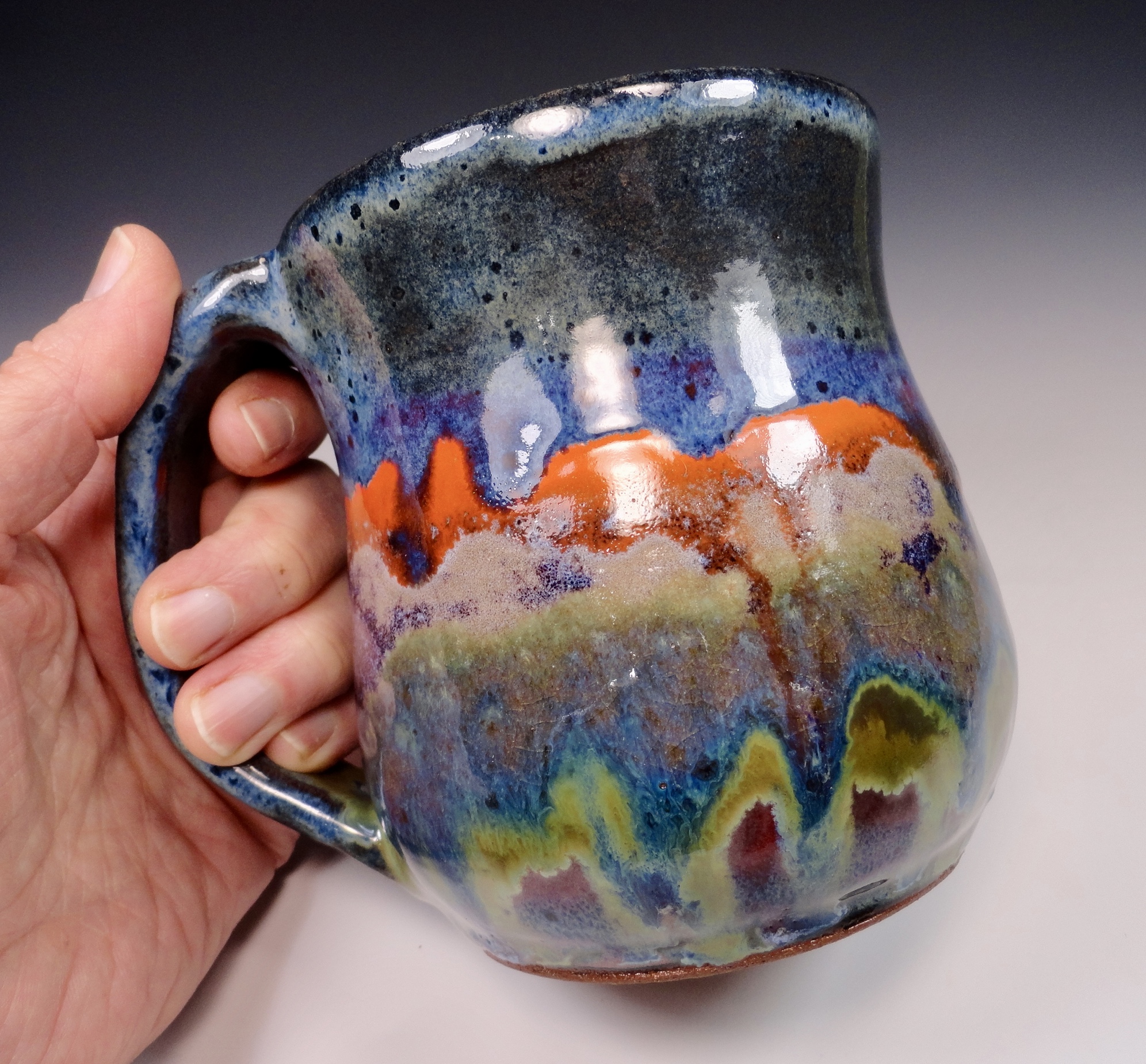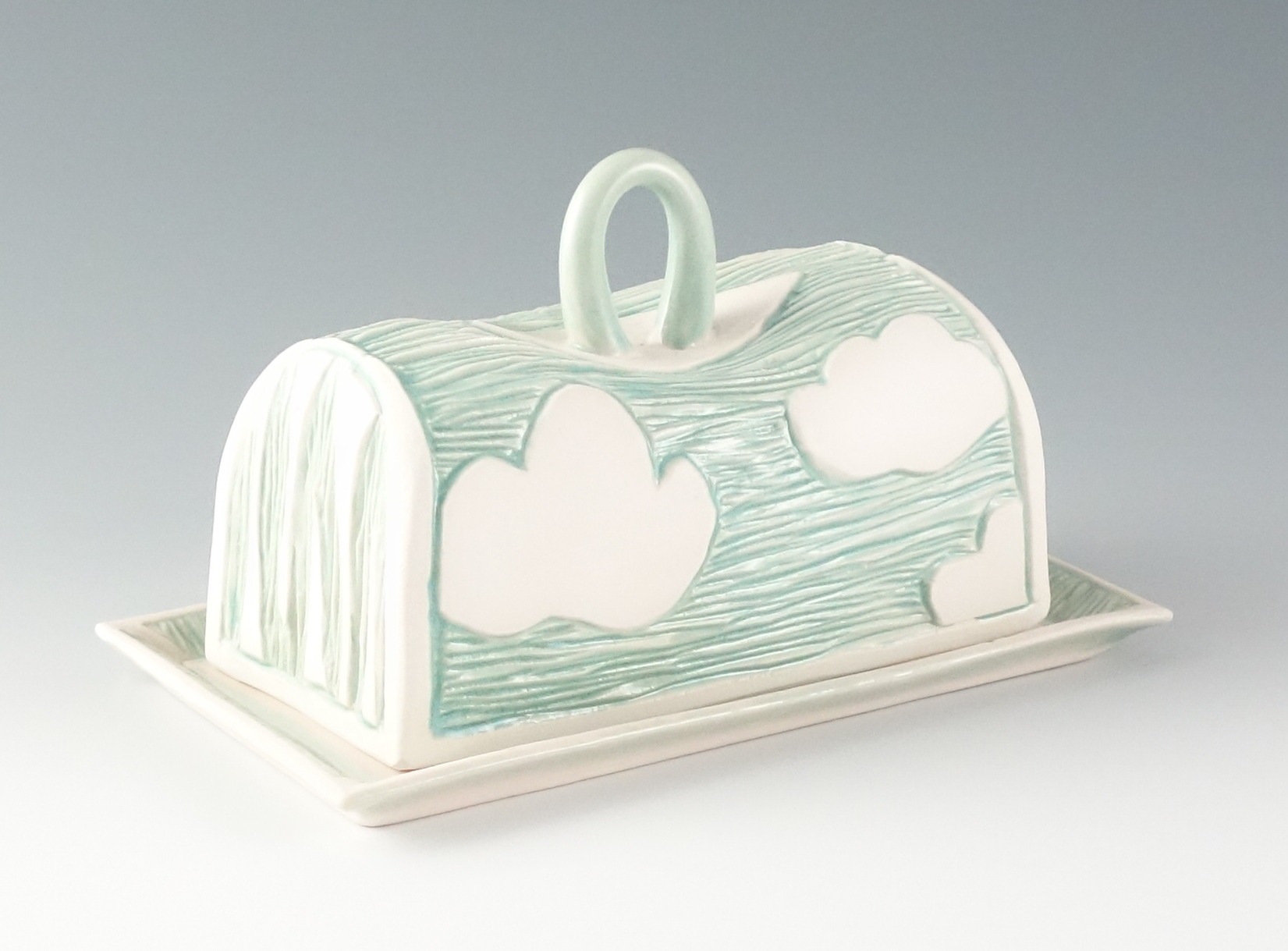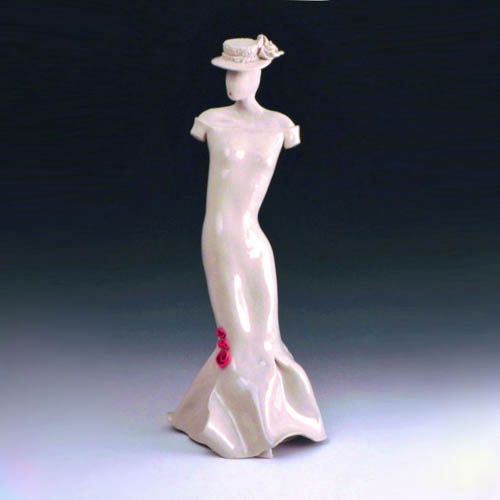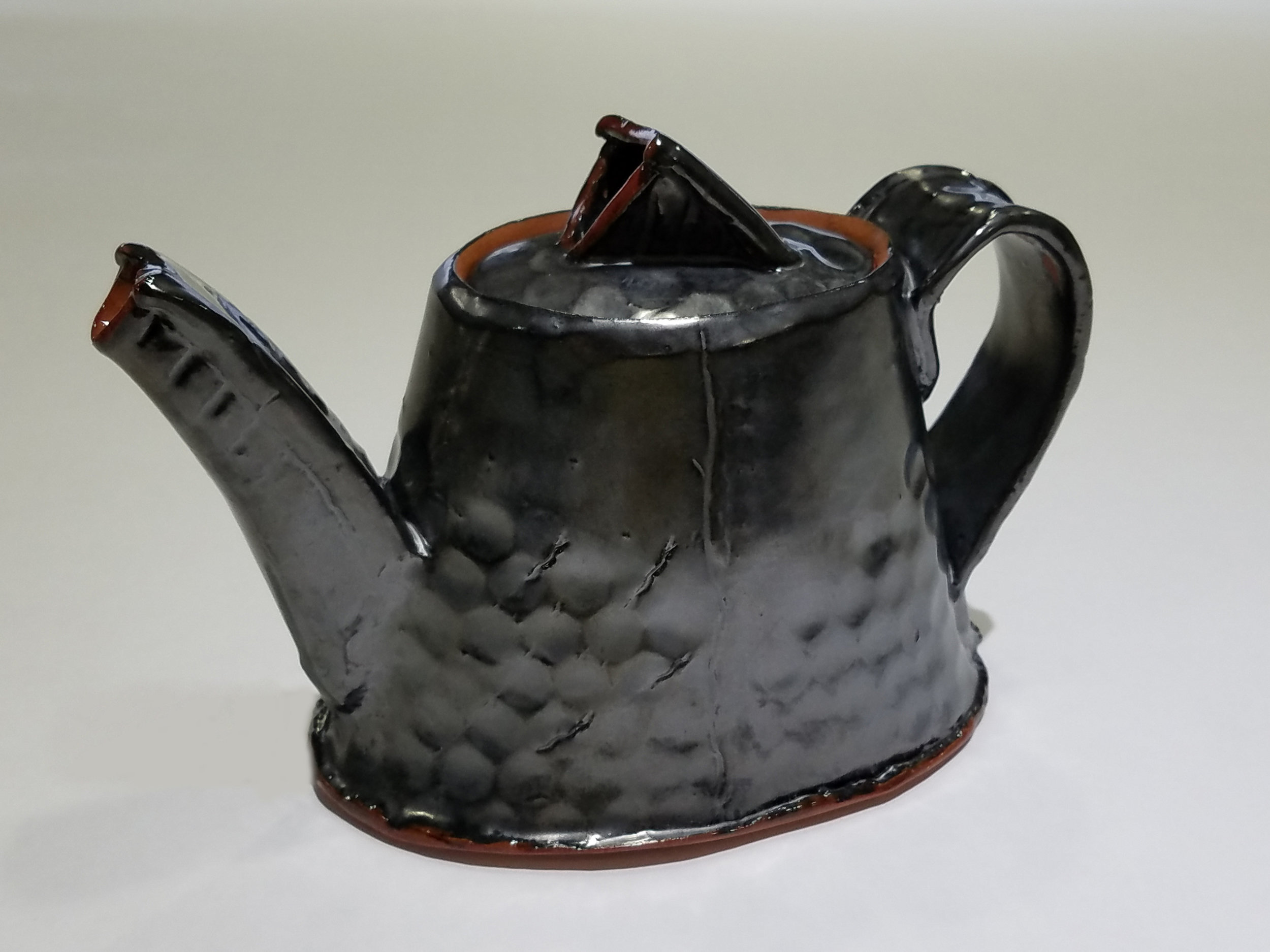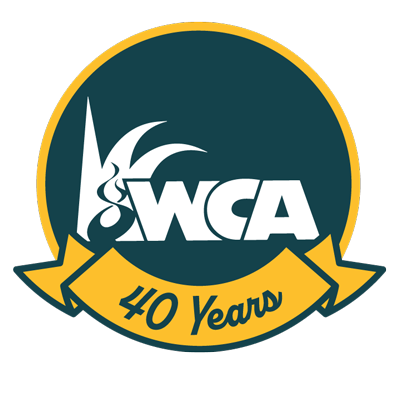Clay Art Center in Tacoma – Under New Management
By Elinor Maroney
When I stopped in to buy clay for a class in a senior housing center a few weeks ago, Quinn happened to be behind the counter that day. I had seen and admired his pottery at the Puyallup Fair a few years ago and asked, “Where are you selling our pottery now?”
“I really haven’t touched clay for a couple years.”
“Oh, why is that?”
“Well, I got married a couple years ago and then I bought this business.”
I think my mouth dropped open. “This business?”
“Yes, Joe and Kim had been here a long time and were ready to let it go.”
It turns out Quinn Brougher had finalized the paperwork just a few months before and is still in the process of finding out just how it all works.
Part I: The next time I was in Tacoma I interviewed Quinn in order to inform the pottery public about the change.
EM - How did you come to pottery as a career path?
QB I did a couple years of college at Evergreen in Olympia but didn’t know what I wanted to do so dropped out and later went back to Olympic Community College and found myself skipping all my other classes so I could spend time in the pottery. When I found a “Help Wanted “ ad from Clay Art Center I applied and got a job. I started learning all there was to the business of clay – got my college education right here! Joe and Kim were patient and good teachers. I started learning about clay bodies and glaze chemicals at Clay Art Center with excellent mentors and teachers.
EM How long ago was that?
QB - I started here about 2005 – so 12 years ago. I worked here and learned “on the job” for the next 2 ½ years. Then Joe got a phone call from Bliss Pottery in Anchorage. They needed a production potter. He asked me if that’s what I wanted to do and after an hour on the phone I agreed to work there for a while. I drove up the AlCan Highway to Anchorage and enjoyed throwing pots for 2 years – another great learning experience.
EM - How did you end up back here?
QB - The glaze tech told me he was leaving and maybe I could come back and take his job. After another hour on the phone, I was on my way back to Tacoma. A bit of a problem as I didn’t know chemistry. Oh, well, that can be overcome. I was the glaze tech for the next couple years. I learned a lot from my great teachers!
EM How about a little of the history of CAC?
QB - I understand that Joe and Kim bought out a small pottery supply business that used to be on Pacific Highway in order to buy supplies for making their own pottery which was selling pretty well – like at the Puyallup Fair every year. Well, it didn’t take long for the business of selling clay and supplies took over and they didn’t have time to make pottery themselves anymore.
They bought a bigger building to house the business about 1984 and added warehouses later for storage and clay and glaze mixing. They have been quietly planning for this transition of ownership for a couple years. And Prepping Quinn to take it over.
My wife Val and I have bought a house in Tacoma now and are settling in.
EM – Any changes made in personnel? Any employees held over?
QB - The truck driver, Matt Anderson, knows the area and is still employed. Cruz Rojas, the clay maker and the warehouse man Clayton Woolard, are staying on for continuity. Larry Douglas comes from Olympia every day to take care of the computer needs at CAC. He has been a steady and consistent presence. I have hired two new employees to fill in where needed.
EM - Are you planning any major changes or making plans for the future we should know about?
QB - At this point I am hoping to continue the customer service that Joe and Kim worked so hard to keep up and maintain the quality control over our products.
EM – Thanks Quinn. I know that is why potters are willing to drive extra miles to purchase supplies here in Tacoma.
LATE NEWS FLASH! Quinn and his wife just had their first child – a girl born December 24th named Charlise.
Part II: Telephone Interviews with Joe Brecha and Kim Lyle:
Original partners: Interviews with Joe Brecha who lives in (and commuted from) Elma, west of Olympia where he is enjoying (and getting used to) retirement. And Kim Lyle who lives in Tacoma. I’m sure both of them are thinking about making pottery again.
John and Belva Bull had a craft supply and gallery space in Tacoma in the 70’s where Joe and Kim worked right out of college. They did craft fairs and sold in local markets and were paid to make production pottery for the Bull’s retail gallery. Joe was still doing craft fairs until the late ‘90’s.
They helped to keep things going when John Bull who was a Boeing engineer was out of work and when he returned to work and wanted to pass off the business it was reasonable to have Joe and Kim “partner up” and take it over. The two of them started mixing clay in a rented warehouse and continued to make pots to sell to make a living. They mixed glazes, learned to make clay; as each experience was conquered they started on a new one. They
kept adding one thing at a time as they learned the business. When they needed help, they added employees until they had a going concern.
When the building they were in came up for sale in the early 80’s, they searched till they found the building on Pioneer – one large warehouse where they could make clay and do anything they wanted. They turned the “mud pit” in the back yard into another warehouse in later years as their needs expanded. They bought delivery trucks and expanded their reach across the Northwest with contacts in Alaska, Montana, Hawaii, and Oregon as well as Washington. As their employees moved on and became teachers they purchased clay and supplies from CAC and passed the word. Local art departments in colleges and high schools ordered their year’s supply of clay, equipment and glaze materials from CAC.
The children of Joe and Kim all worked at Clay Art Center through high school and into their adult years though none of them continues in clay. I think both Kim and Joe will get back to working in clay in the near future. They are both enjoying a period of “retirement” and making plans for the future – whatever it may hold.
Contact Information:
Clay Art Center
2636 Pioneer Way E
Tacoma, WA 98404
253-922-5342
fax 253-922-5349
800-952-8030 www.clayartcenter.net
“For all your Pottery and Ceramic needs.”
Business Hours: Monday – Friday 9:00am-5:30pm; Saturday 10:00am – 2:00pm.
Check their web site for January Specials and featured products.
CAC shares a list of clay classes and places to get your firings done around the South Sound area.



